
Welcome to the biweekly electronic newsletter from Stanford Bio-X for members of the Bio-X Corporate Forum. Please contact Dr. Hanwei Li, the Bio-X Corporate Forum Liaison if you would like to be added or removed from this distribution list, or if you have any questions about Stanford Bio-X or Stanford University.
Highlights
** On October 9, 2013, Bio-X celebrated the 10th Anniversary of the James H. Clark Center, the hub of Bio-X. Check out CLARK CENTER @ 10X as well as the Bio-X Timeline over the last 15 years!!
** Check out the article by Stanford President John Hennessy in the Nov/Dec 2013 issue of the Stanford Magazine on Bio-X and the Clark Center, "A Cauldron of Innovation".
Bio-X Core Programs
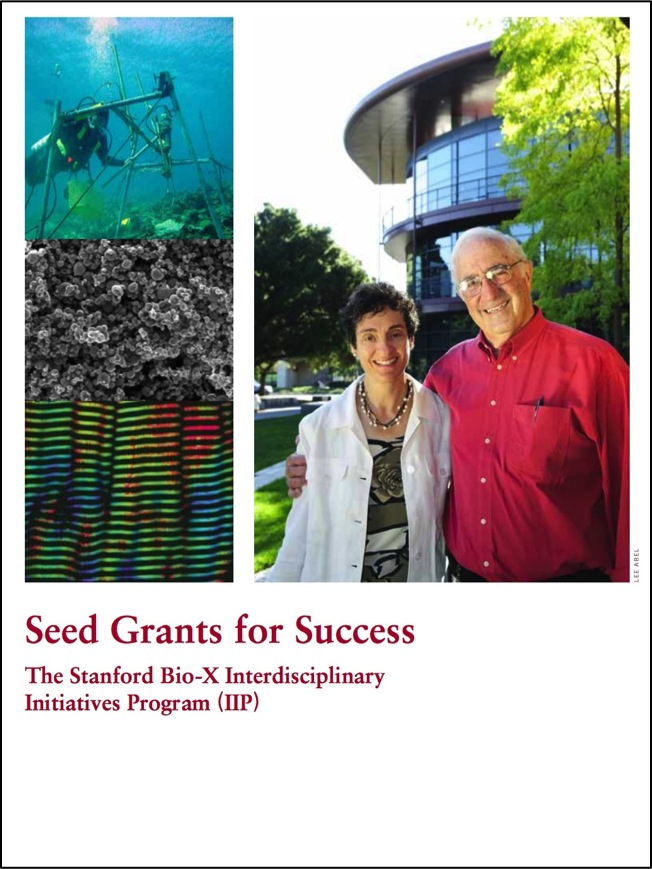 SEED GRANTS FOR SUCCESS - Stanford Bio-X Interdisciplinary Initiatives Program (IIP) SEED GRANTS FOR SUCCESS - Stanford Bio-X Interdisciplinary Initiatives Program (IIP)The Bio-X Interdisciplinary Initiatives Program represents a key Stanford Initiative to address challenges in human health. Currently, the IIP awards approximately $4 million every other year in the form of two-year grants averaging about $200,000 each. From its inception in 2000 through the beginning of the seventh round in 2014, the program has provided critical early-stage funding to 164 different interdisciplinary projects, involving collaborations from over 750 faculty members, and creating over 700 teams from six different Stanford schools. From just the first 6 rounds, the IIP awards have resulted in a 10-fold-plus return on investment, as well as hundreds of publications, dozens of patents filed, and most importantly, the acceleration of scientific discovery and innovation. 2014 is the start of the 7th round of the Bio-X IIP Seed Grants Program, and 22 newly awarded projects were selected from 142 Letters of Intent (LOIs)! This has been the largest number of LOIs that Bio-X has received. Please go here to check out the newly awarded projects. Competition was intense, and the selection criteria included innovation, high-reward, and new interdisciplinary collaborations. (To view the 142 other IIP projects that have been funded from the previous 6 rounds, please click here.) |
 Bio-X FELLOWSHIPS Bio-X FELLOWSHIPSEvery year, graduate students and postdoctoral scholars of Bio-X affiliated faculty are highly encouraged to apply for the Bio-X Fellowships, which are awarded to research projects that are interdisciplinary and utilize the technologies of different fields to solve different biological questions. Students are encouraged to work collaboratively with professors of different departments, thus creating cross-disciplinary relationships among the different Stanford schools. Our fellows have conducted exciting research, resulting in publications in high-impact journals and have been offered excellent positions in industry and academia. To date, with the 19 new awardees of 2014, Stanford Bio-X has a total of 173 Fellows. The call for 2015's PhD Fellowship program has just closed and review of the applications is beginning! You can view the numerous Fellowship projects that have been awarded over the years as well as oral presentations from previous symposiums here. |
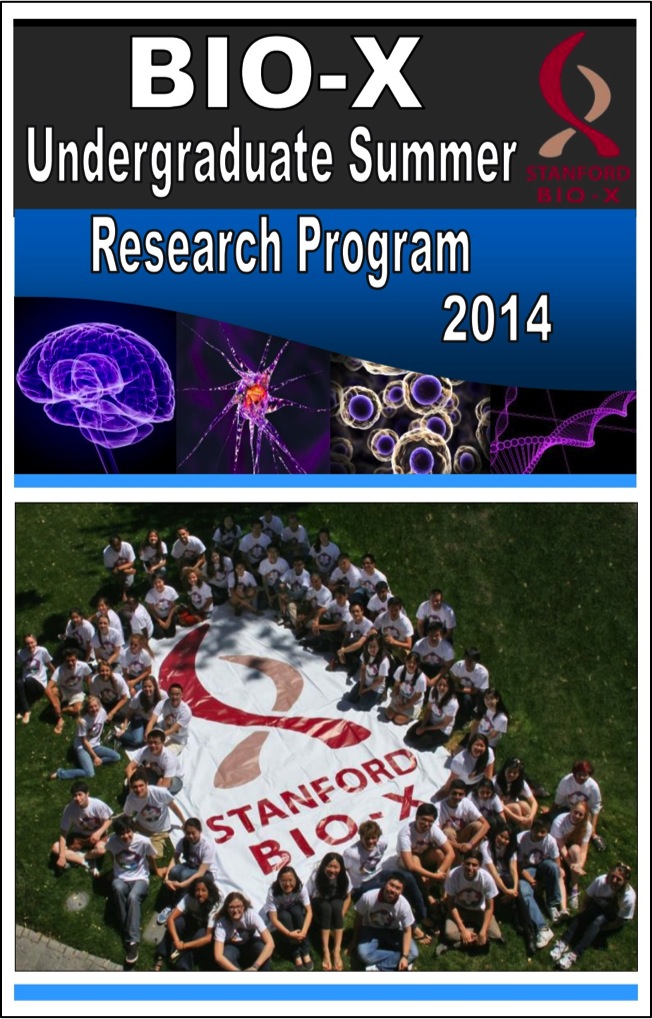 Bio-X UNDERGRADUATE SUMMER RESEARCH PROGRAM Bio-X UNDERGRADUATE SUMMER RESEARCH PROGRAMThe Bio-X Undergraduate Summer Research Program supports undergraduate research training through an award designed to support interdisciplinary undergraduate summer research projects. The program is an invaluable opportunity for students to conduct hands-on research, learn how to carry out experiments in the laboratory, and develop the skills to read and analyze scientific literature. This program is eligible to Stanford students who want to work in the labs of Bio-X affiliated faculty. To date, with 65 new awardees from the 154 applications submitted in 2014, 306 students have been awarded the opportunity to participate in the Bio-X Undergraduate Summer Research Program. The call for 2015's USRP has just closed and review is underway! Participating undergraduates are also required to present poster presentations on the research that they've conducted during the program. Please click here for title lists of past posters that our undergraduates have presented. |
We are cultivating and are highly successful in building meaningful collaborations with numerous corporate colleagues. New collaborations through our core programs are highly encouraged. To learn about how to get involved, please contact Dr. Hanwei Li, or Dr. Heideh Fattaey.
Bio-X also holds symposiums every year that highlight our core programs. The latest one was on February 25, 2015, where over 300 people attended Bio-X's latest Interdisciplinary Initiatives Seed Grants Program Symposium. There were 8 different oral presentations from faculty members who were awarded Bio-X Seed Grants on the progress that they have made with the funding towards their projects, as well as a packed poster session with 100+ research projects presented. Please stay tuned for future Bio-X symposiums that are coming up this year!
If you'd like to learn more about any of the projects that were presented during the entire symposium, please contact Dr. Hanwei Li with your questions.
News
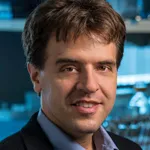 Karl Deisseroth wins prestigious Albany Prize
Karl Deisseroth wins prestigious Albany Prize
Featuring Bio-X Affiliated Faculty Karl Deisseroth
Karl Deisseroth, MD, PhD, will receive the Albany Medical Center Prize in Medicine and Biomedical Research for his pioneering work in optogenetics. Deisseroth is a professor of bioengineering and of psychiatry and behavioral sciences at Stanford University. He also holds the D.H. Chen Professorship. He will share the $500,000 prize with Sunney Xie, PhD, a professor of chemistry and chemical biology at Harvard, who is a pioneer of single-molecule biophysical chemistry and its application to biology. The two will be presented with the prize at a ceremony and press conference in Albany, New York, on May 15. “Dr. Deisseroth’s groundbreaking work in optogenetics presents enormous potential in this young and emerging field,” said Lloyd Minor, MD, dean of the Stanford School of Medicine. “Optogenetics offers great hope for basic research and future clinical applications to improve human health. We congratulate Dr. Deisseroth on this impressive and well-deserved honor.”
 Study deciphers the noise in the human brain
Study deciphers the noise in the human brain
Featuring Bio-X Affiliated Faculty Josef Parvizi
Stanford NeuroVentures funded project
By directly recording electrical activity from the human brain, neuroscientists at the Stanford University School of Medicine have shown that distinct, distant groups of brain areas that support memory retrieval act in concert, even during sleep. The findings, in a study published online April 8 in Neuron, confirm for the first time that specific electrical patterns of coordinated neural activity in widely separated human brain structures during memory retrieval persist throughout our cycles of waking and sleeping. The findings confirm indirect observations made in previous studies that used brain imaging. They also shed light on why the brain paradoxically appears to exhaust so much of the body’s energy in what, at first glance, seems akin to the idling of a car’s engine.

 Encountering a wall corrects 'GPS' cells in mouse brains, study finds
Encountering a wall corrects 'GPS' cells in mouse brains, study finds
Featuring Bio-X Affiliated Faculty Lisa Giocomo and Surya Ganguli
Bio-X IIP Seed Grant Project
By analyzing the activity of “GPS” neurons in mice, researchers at the Stanford University School of Medicine have discovered that the mental maps created by these cells accumulate errors, which are corrected when the animal encounters a wall. The findings support the theory that these cells, called grid cells, use an animal’s perceived speed and direction to help it navigate familiar places. Thus, as you stumble through your pitch-black kitchen in the middle of the night for a glass of water, your body knows how many steps to take and when to turn to get to the sink. Scientists believe grid cells are responsible for constructing the internal, GPS-like map that keeps you from colliding with the refrigerator. But grid cells can make small errors, the Stanford researchers assert, taking you to the dishwasher instead of the sink, at which point other nearby neurons, called border cells, assist in reorienting the grid cells to correctly map your current position. How the brain integrates this sensory and motion data is one of the big open questions of spatial navigation. A paper that helps to answer that question was published April 16 in Neuron. Lisa Giocomo, PhD, assistant professor of neurobiology at Stanford, is the senior author; the lead author is graduate student Kiah Hardcastle. This work was done in close collaboration with the theory lab of Surya Ganguli, PhD, assistant professor of applied physics at Stanford, who is the other co-author on the study.

 Photovoltaic retinal implant could restore functional sight, researchers say
Photovoltaic retinal implant could restore functional sight, researchers say
Featuring Bio-X Affiliated Faculty and IIP Seed Grant Awardees Daniel Palanker and James Harris
A team led by Stanford University researchers has developed a wireless retinal implant that they say could restore vision five times better than existing devices. Results in rat studies suggest it could provide functional vision to patients with retinal degenerative diseases, such as retinitis pigmentosa or macular degeneration. A paper describing the implant was published online April 27 in Nature Medicine. “The performance we’re observing at the moment is very encouraging,” said Georges Goetz, a lead author of the paper and graduate student in electrical engineering at Stanford. “Based on our current results, we hope that human recipients of this implant will be able to recognize objects and move about.” Retinal degenerative diseases destroy photoreceptors — the retina’s rods and cones — but other parts of the eye usually remain healthy. The implant capitalizes on the electrical excitability of retinal neurons known as bipolar cells. These cells process the photoreceptors’ inputs before they reach ganglion cells, which send retinal signals to the brain. By stimulating bipolar cells, the implant takes advantage of important natural properties of the retinal neural network, which produces more refined images than the devices that skip these cells. Made of silicon, the implant is composed of hexagonal photovoltaic pixels that convert light transmitted from special glasses worn by the recipient into electrical current. These electrical pulses then stimulate the retina’s bipolar cells, triggering a neural cascade that reaches the brain.

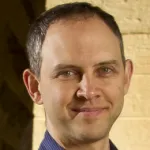
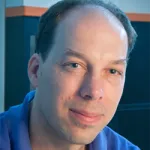 Stanford team makes biotechnology interactive with games and remote-control labs
Stanford team makes biotechnology interactive with games and remote-control labs
Featuring Bio-X Affiliated Faculty and IIP Seed Grant Awardees Ingmar Riedel-Kruse, Paulo Blikstein, Steve Quake, 2014 Bio-X Morgridge Family SIGF Fellow Zahid Hossain and 2013 Bio-X Travel Award recipient Nate Cira
In the 1950s, computers were giant machines that filled buildings and served a variety of arcane functions. Today they fit into our pockets or backpacks, and help us work, communicate and play. "Biotechnology today is very similar to where computing technology used to be," said Ingmar Riedel-Kruse, an assistant professor of bioengineering at Stanford. "Biological labs are housed in big buildings and the technology is hard to access," he added. "But we are changing that. We are enabling people to interact with biological materials and perform experiments the way they interact with computers today. We call this interactive biotechnology." Riedel-Kruse and his team have created three related projects that begin to define this new field of interactive biotechnology. Two of these projects will be unveiled this week at the Computer Human Interactions (CHI) conference in Seoul, South Korea, while the third was recently published in PLoS Biology. In one project the team created an arcade- style kiosk that allowed visitors to The Tech Museum in San Jose to interact with living cells like fish in an aquarium. In a second and similar effort, Riedel-Kruse developed a project to teach students how to design bioengineering devices by creating so-called biotic games using cells. This class also touched on the ethical principles of interacting with microorganisms for educational or entertainment purposes. In his third and most far-reaching project, Riedel-Kruse created a robotic biology cloud lab capable of carrying out remote-controlled experiments. "We call these robots Biotic Processing Units or BPUs," said Zahid Hossain, the Stanford dotoral student who worked with Riedel-Kruse on this third project.
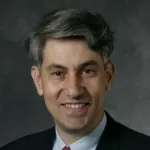
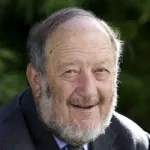 Cell type responsible for scarring, skin-cancer growth identified
Cell type responsible for scarring, skin-cancer growth identified
Featuring Bio-X Affiliated Faculty Michael Longaker and Irv Weissman
A skin cell responsible for scarring, and a molecule that inhibits the cell’s activity, have been identified by researchers at the Stanford University School of Medicine. The molecule slowed wound healing in mice but alleviated scarring, the researchers said. The researchers also found that the cell may play a role in the growth of melanoma and in skin damage caused by radiation. A drug that acts in the same way as the inhibitory molecule is already approved for use in humans as a treatment for type-2 diabetes, so it could potentially move quickly into clinical trials for the treatment of scarring and melanoma. “The biomedical burden of scarring is enormous,” said Michael Longaker, MD, co-director of Stanford’s Institute for Stem Cell Biology and Regenerative Medicine. “About 80 million incisions a year in this country heal with a scar, and that’s just on the skin alone. Internal scarring is responsible for many medical conditions, including liver cirrhosis, pulmonary fibrosis, intestinal adhesions and even the damage left behind after a heart attack.” A paper describing the researchers’ findings was published April 17 in Science. Longaker, a professor of surgery, and institute director Irving Weissman, MD, a professor of pathology and of developmental biology, are the senior authors. Postdoctoral scholar Yuval Rinkevich, PhD, and graduate student Graham Walmsley share lead authorship. Scars are comprised mainly of collagen, a fibrous protein secreted by a type of cell found in the skin called a fibroblast. Collagen is one of the main components of the extracellular matrix — a three-dimensional web that supports and stabilizes the cells in the skin.
Events
| Bio-X May 4, 2015, 12 pm - 1:05 pm Clark Center S361, Stanford, CA Introductory pre-seminar in advance of Dr. Robert Tycko's seminar, "Molecular Structural Basis for Amyloid Formation in Alzheimer's Disease" Speaker: Lynette Cegelski, Stanford |
Bio-X May 7, 2015, 12 pm - 1:05 pm Clark Center S360, Stanford, CA Frontiers in Interdisciplinary Biosciences: "Molecular Structural Basis for Amyloid Formation in Alzheimer's Disease" Speaker: Robert Tycko, NIH, NIDDK |
Resources
| Stanford University |
| Stanford Bio-X |
| Bio-X Seed Grants The Stanford Bio-X Interdisciplinary Initiatives Program (IIP) provides seed funding for high-risk, high-reward, collaborative projects across the university, and have been highly successful in fostering transformative research. |
| Office of Technology and Licensing "Techfinder" Search the OTL Technology Portal to find technologies available for licensing from Stanford. |
| Stanford Center for Professional Development - Take advantage of your FREE membership! - Take online graduate courses in engineering, leadership and management, bioscience, and more. - Register for free webinars and seminars, and gets discounts on courses. |
| Stanford Biodesign Video Tutorials on how FDA approves medical devices A series of video briefs recently produced by the Stanford Biodesign Program teaches innovators how to get a medical device approved for use in the United States. This free, online library of 60 videos provides detailed information on the Food and Drug Administration regulatory process, short case studies and advice on interacting with the FDA. |
To learn more about Stanford Bio-X or Stanford University, please contact Dr. Hanwei Li, the Bio-X Corporate Forum Liaison, at 650-725-1523 or lhanwei1@stanford.edu, or Dr. Heideh Fattaey, the Executive Director of Bio-X Operations and Programs, at 650-799-1608 or hfattaey@stanford.edu.

